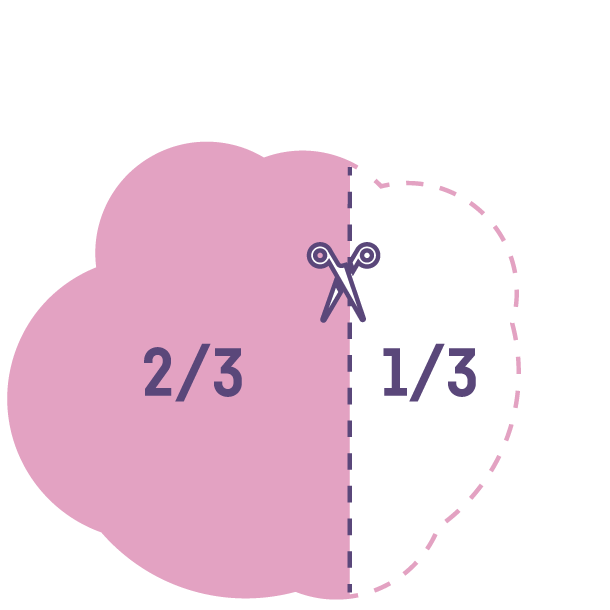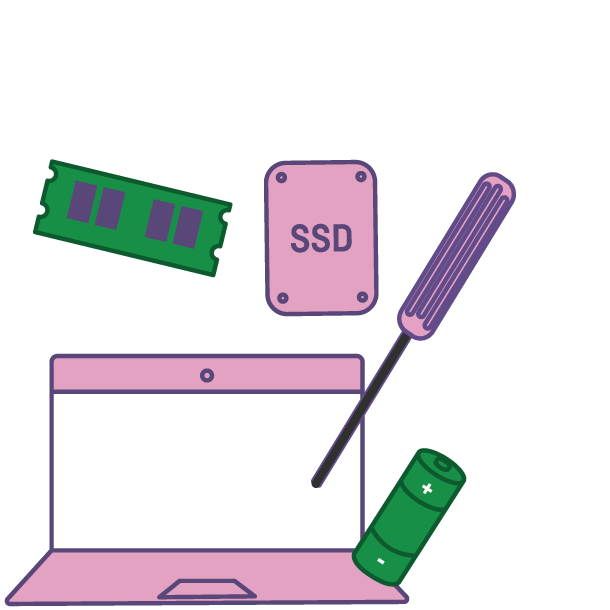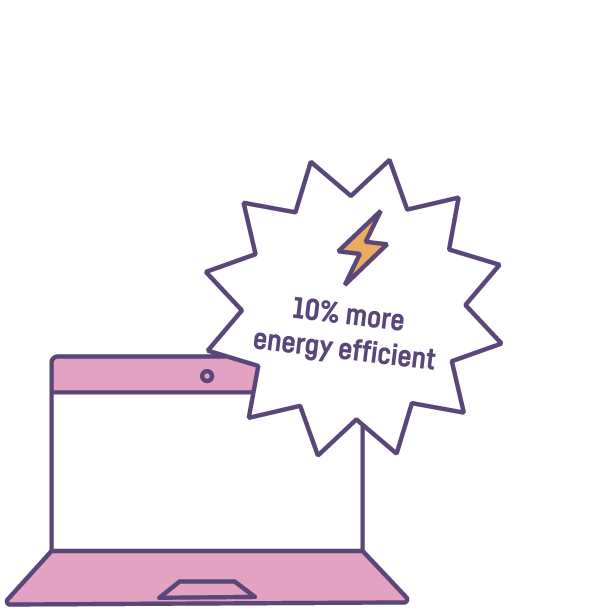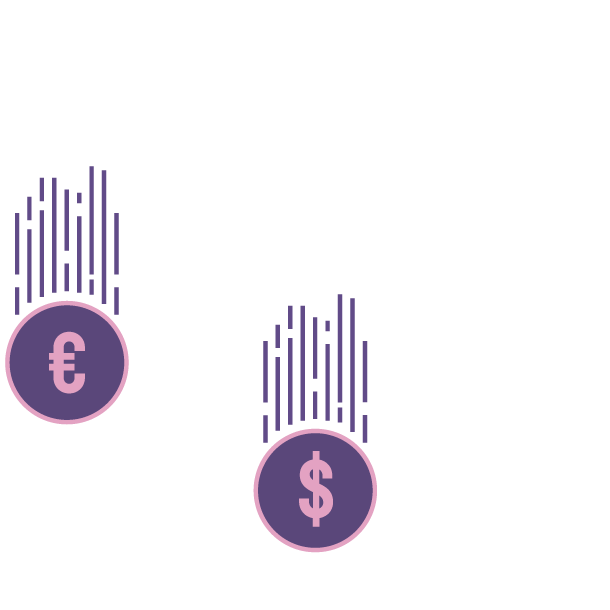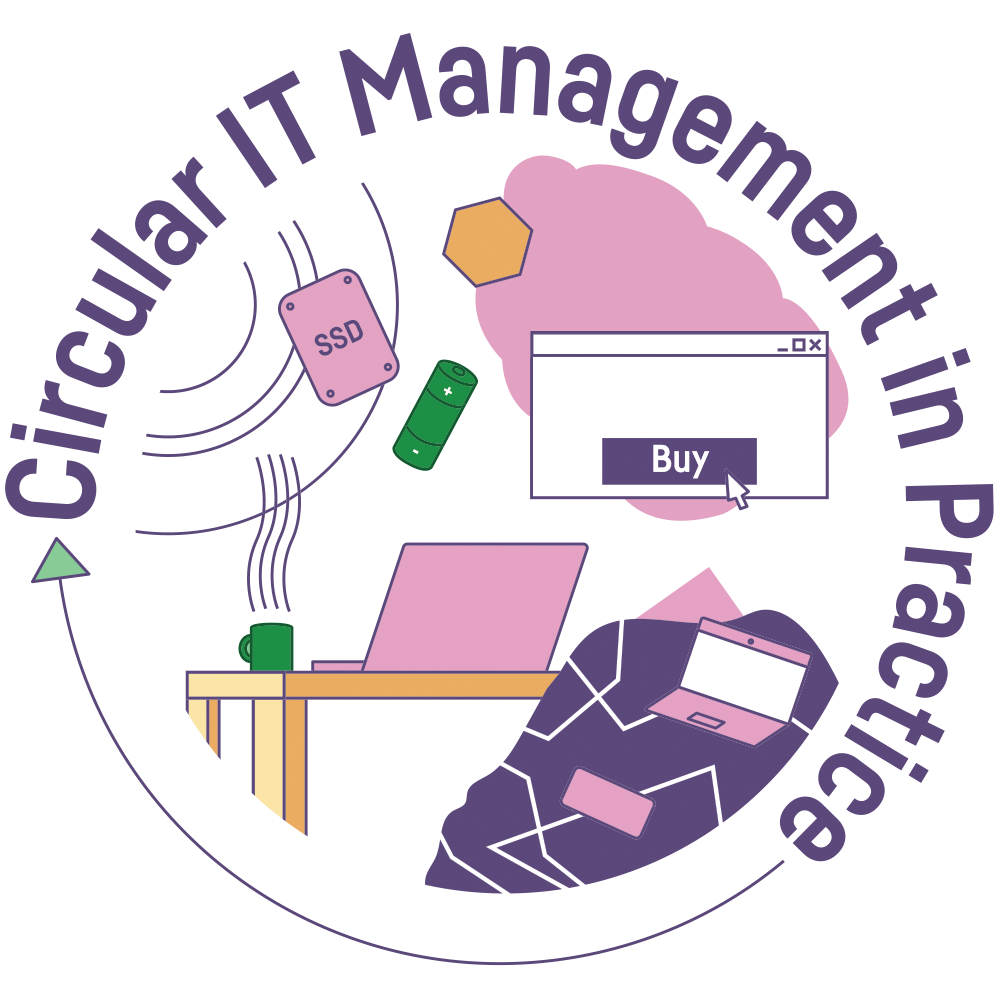
Impacts and Insights:

Impacts and Insights:
This is Impacts and Insights: Circular IT Management in Practice. A report that allows you to deep-dive into circularity and offers expert advice on how your organization can take the next step and implement circular practices.
Download report
Download report
Siddharth Prakash, senior researcher at the Oeko-Institut in Germany, says that notebooks should have a first life of at least six years.
“Huge numbers of fully functional computers are discarded every year,” says Erik Pettersson and Katarina Magnusson from refurbishment firm Inrego.
Remanufacturing company Circular Computing gives used IT products a second life by deconstructing, upgrading and rebuilding them. Stephen Haskew explains how.
“Commitment is necessary from all levels of the organization,” says Tom Moriarty, head of product compliance and environmental affairs at Dell.
“Only a small number of buyers are interested. Otherwise, we could develop these services more,” says Madeleine Bergrahm, Nordic sustainability manager at HP.
“We know that our products can have a considerably longer life,” says Thomas Hedin, Lenovo’s sustainability manager in the Nordics and Benelux.
Ulrika Svallingson from Malmö City Council in Sweden: “The event energized employees across the city and we received extremely positive feedback.”
“CO2 reductions and financial benefits motivate us to push the circular agenda,” says Birgitte Krebs Schleemann at the Danish City of Aalborg.
“Without circular procurement, your sustainability work will be seen as just window dressing,” says Joan Prummel from the Netherlands’ Rijkswaterstaat.
Siddharth Prakash, senior researcher at the Oeko-Institut in Germany, says that notebooks should have a first life of at least six years.
“Huge numbers of fully functional computers are discarded every year,” says Erik Pettersson and Katarina Magnusson from refurbishment firm Inrego.
Remanufacturing company Circular Computing gives used IT products a second life by deconstructing, upgrading and rebuilding them. Stephen Haskew explains how.
“Commitment is necessary from all levels of the organization,” says Tom Moriarty, head of product compliance and environmental affairs at Dell.
“Only a small number of buyers are interested. Otherwise, we could develop these services more,” says Madeleine Bergrahm, Nordic sustainability manager at HP.
“We know that our products can have a considerably longer life,” says Thomas Hedin, Lenovo’s sustainability manager in the Nordics and Benelux.
Ulrika Svallingson from Malmö City Council in Sweden: “The event energized employees across the city and we received extremely positive feedback.”
“CO2 reductions and financial benefits motivate us to push the circular agenda,” says Birgitte Krebs Schleemann at the Danish City of Aalborg.
“Without circular procurement, your sustainability work will be seen as just window dressing,” says Joan Prummel from the Netherlands’ Rijkswaterstaat.

